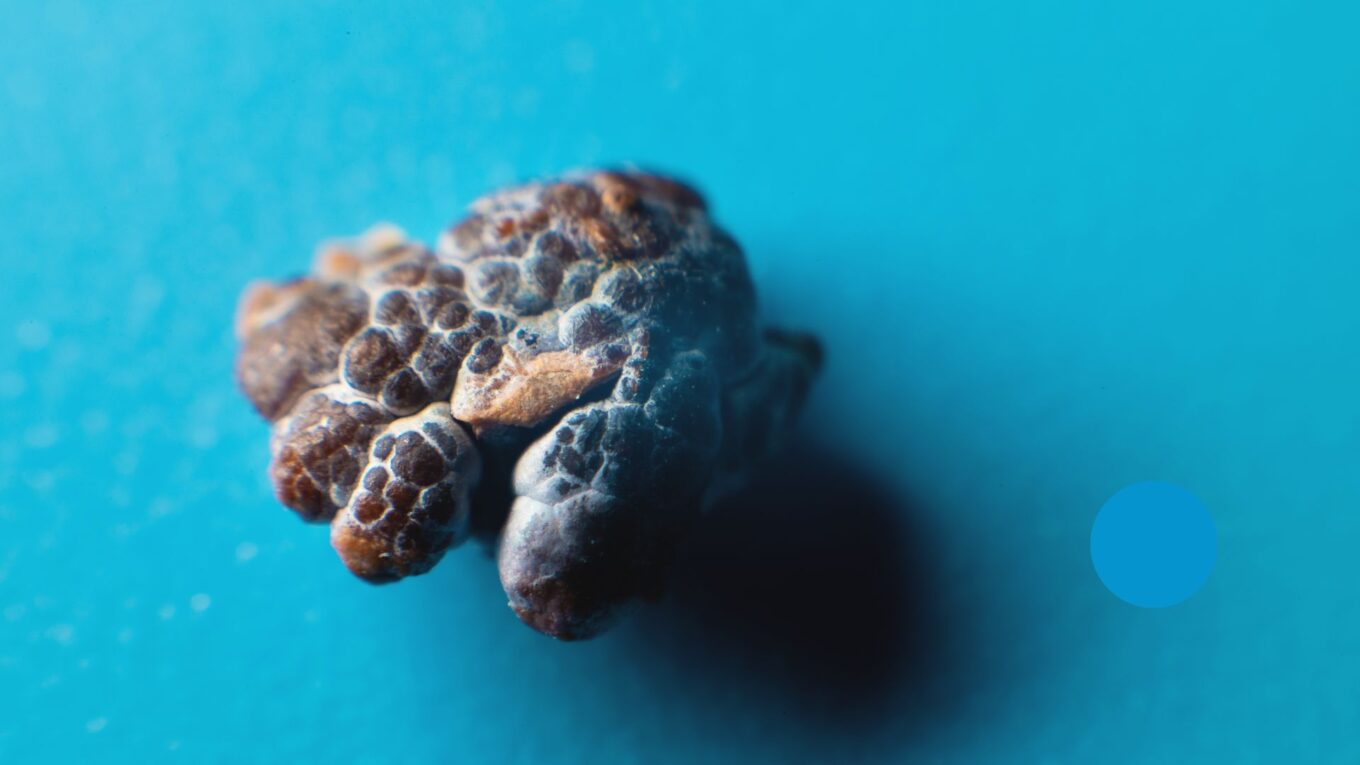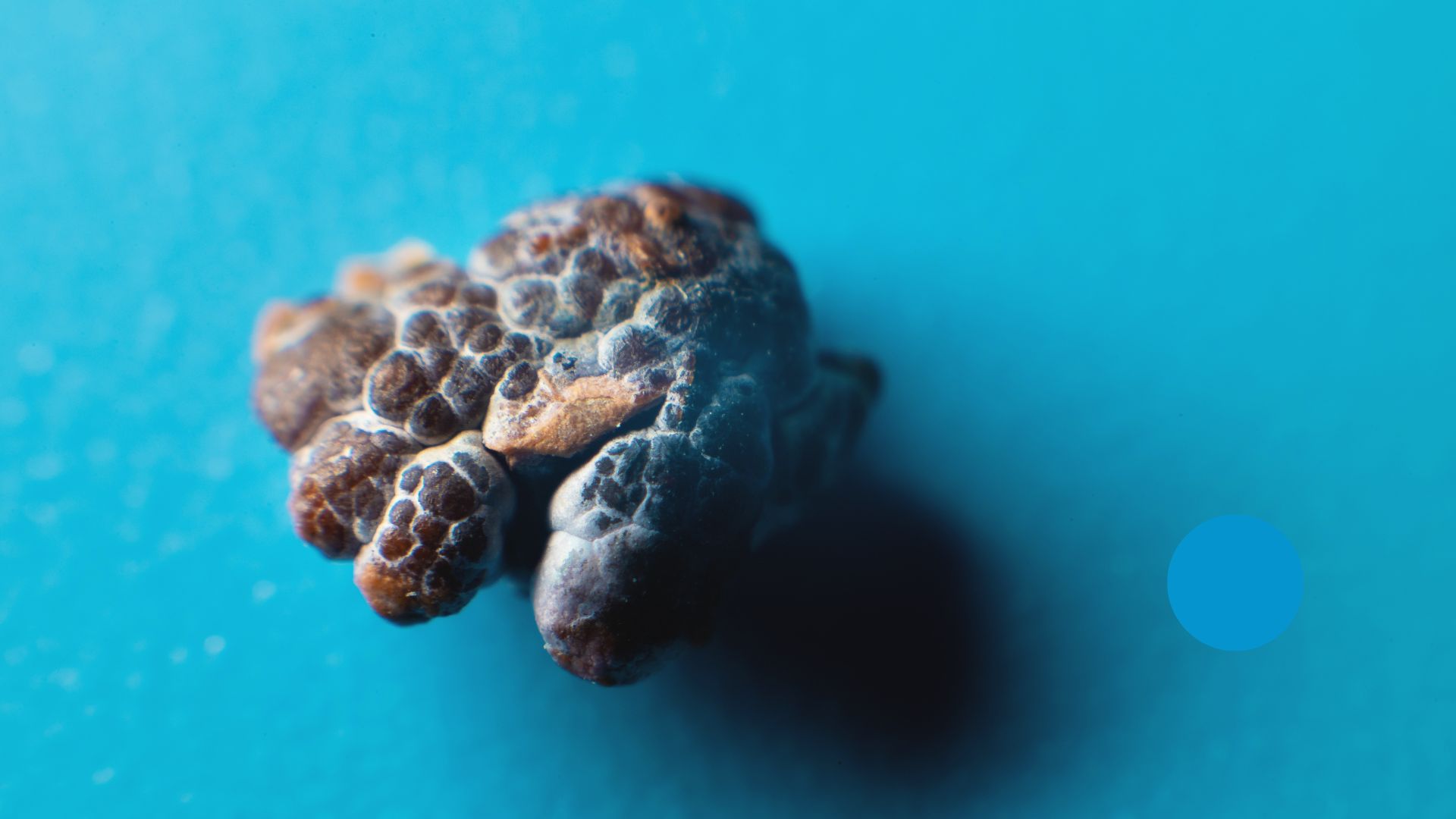Improving Diagnosis: Urealitic bacteria, lithiasis and infection
Introduction
In 1846, during the reconstruction of St. Nicholas Church in Hamburg, a mineral composed of phosphate, ammonium and magnesium was discovered, which was given the name ‘struvite’, after the surname of a Russian diplomat in Hamburg(wikipedia). Who could have predicted at the time that the action of urea-metabolizing bacteria would cause urinary lithiasis that consisted of struvite?
Pathophysiological Concepts
Certain bacteria need to live in an alkaline environment to survive, and there is a group that does this by means of ‘urease’ activity, which metabolises urea, thus creating an alkaline environment. This often occurs in the urinary tract, and this alkalinisation of the urine promotes the deposition of phosphate, magnesium and calcium minerals. Thus, the most frequent lithiasis associated with this situation are composed of struvite and calcium oxalate.
List of urealytic bacteria
These bacteria possess the enzyme urease, which allows them to hydrolyse urea into ammonia and carbon dioxide. Some important urealytic bacteria are:
Helicobacter pylori
Proteus mirabilis
Klebsiella pneumoniae
Ureaplasma urealyticum
Staphylococcus saprophyticus
Corynebacterium urealyticum
Morganella morganii
Nocardia spp.
Clinical picture
Urologists may sometimes ‘dare’ to predict the presence of these bacteria in urine culture when the patient presents with lithiasis which may suggest that they are composed of struvite. It is not uncommon for urine culture to be positive for more than one germ. When urinary tract infection is suspected as the origin of a patient’s sepsis, urealytic bacteria should be considered when the patient presents with lithiasis suggestive of struvite material.
Conclusion
Urinary tract infections associated with lithiasis with a struvite component require repeat cultures, as they are sometimes not positive in one sampling.
The presence of struvite lithiasis is often associated with a positive urine culture for more than one germ.
Although the list of infectious agents is extensive, two bacteria, Proteus mirabilis and Corynebacterium urealyticum, are frequent candidates.
Author: Lorenzo Alonso Carrión
FORO OSLER




